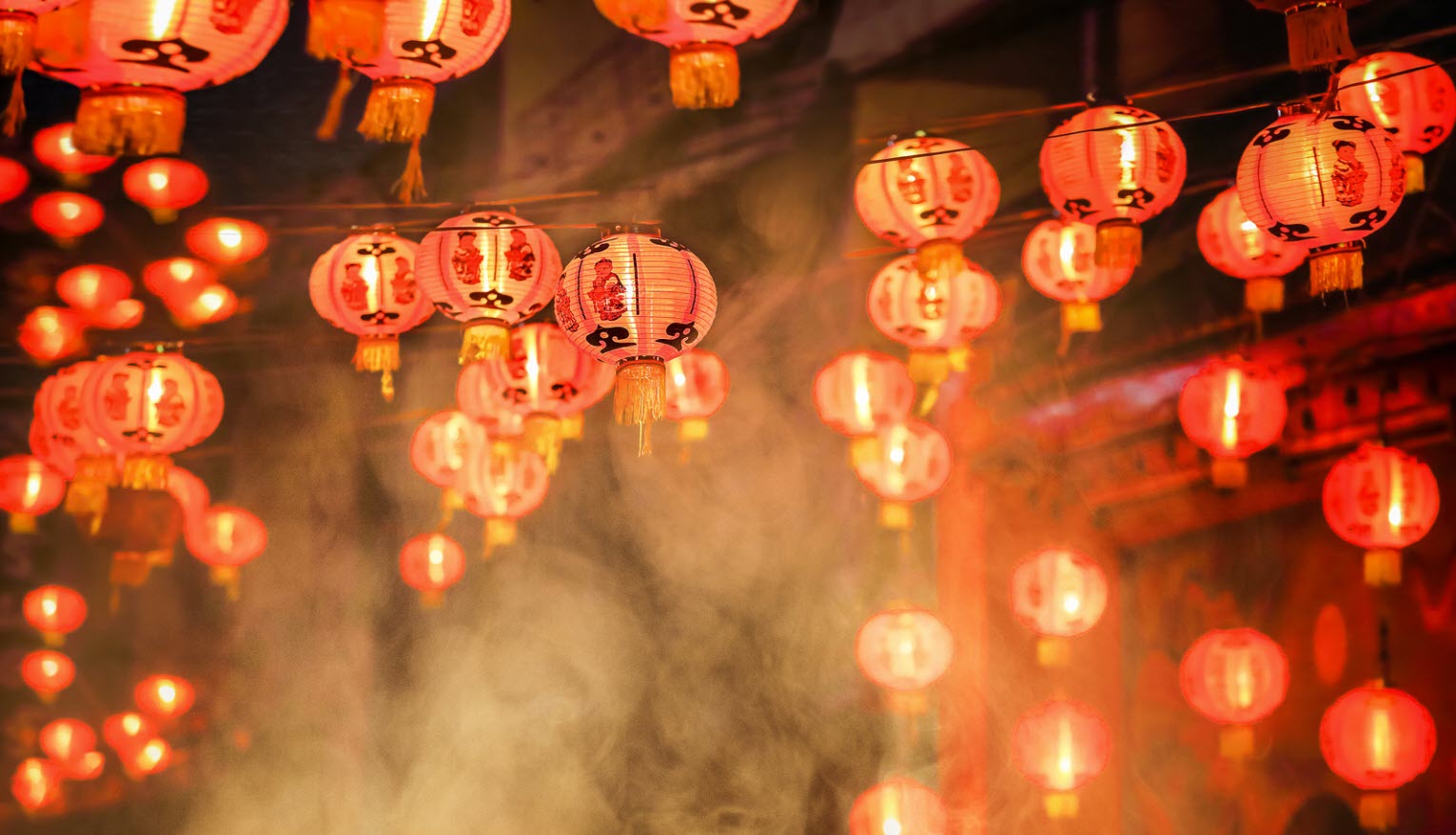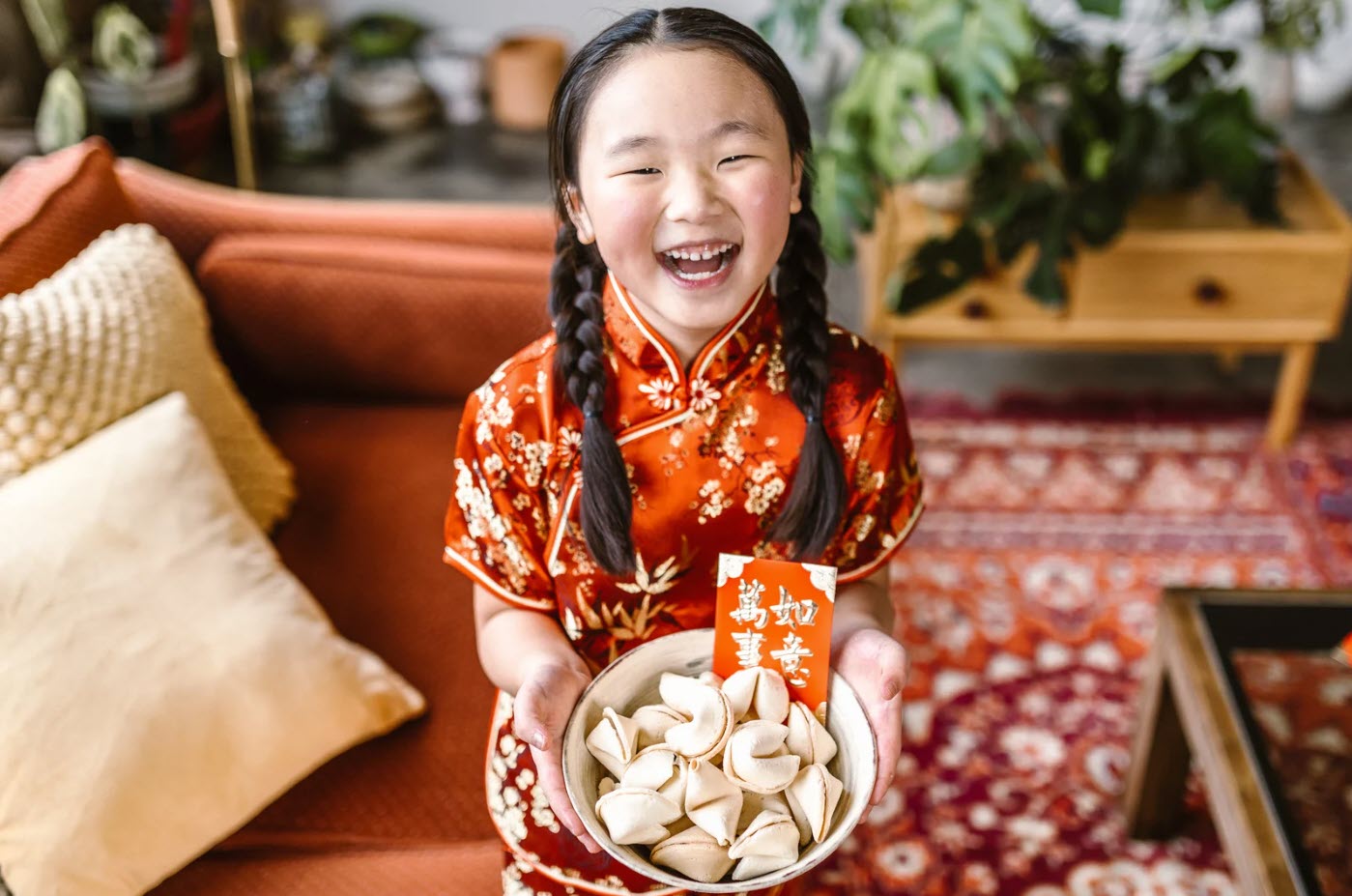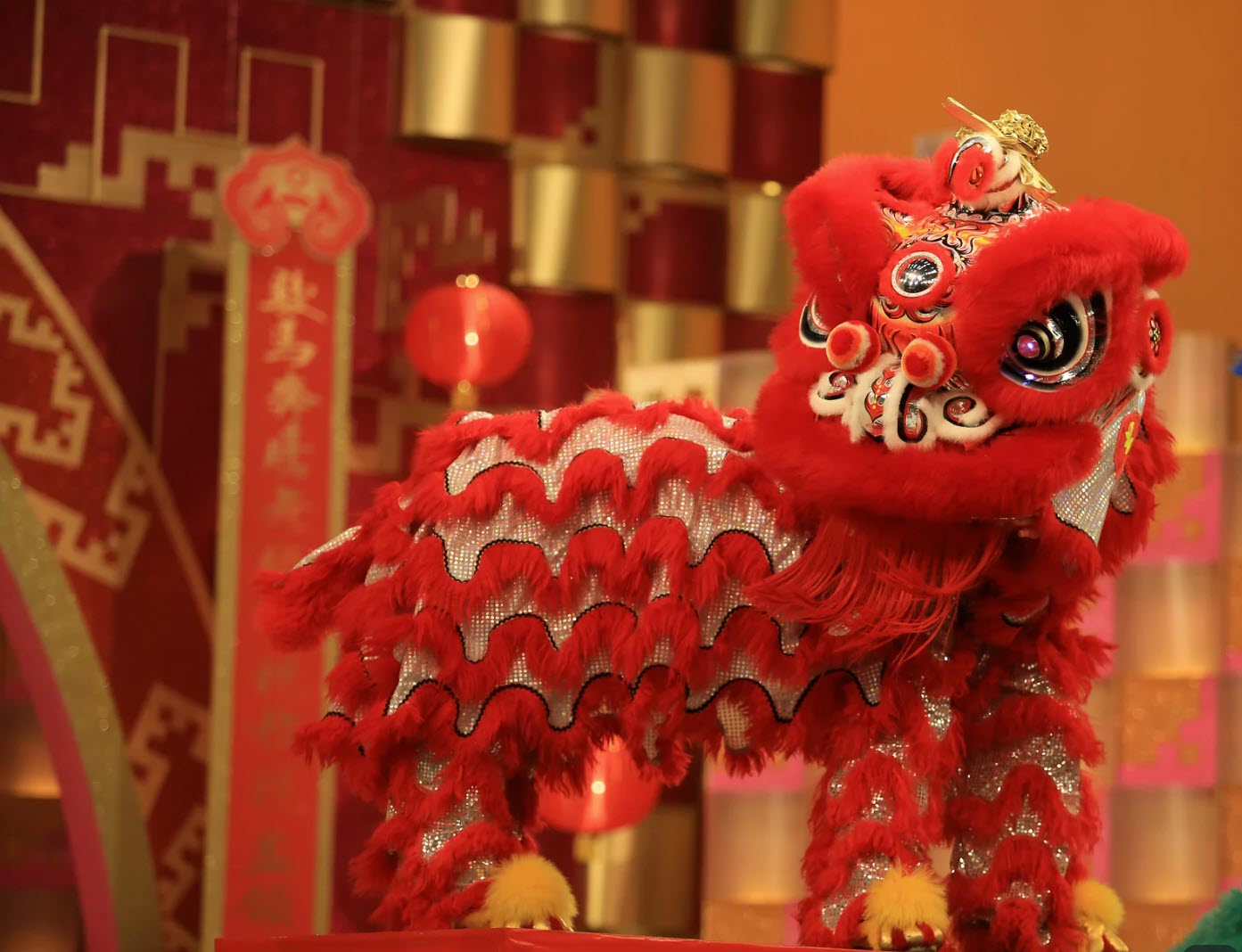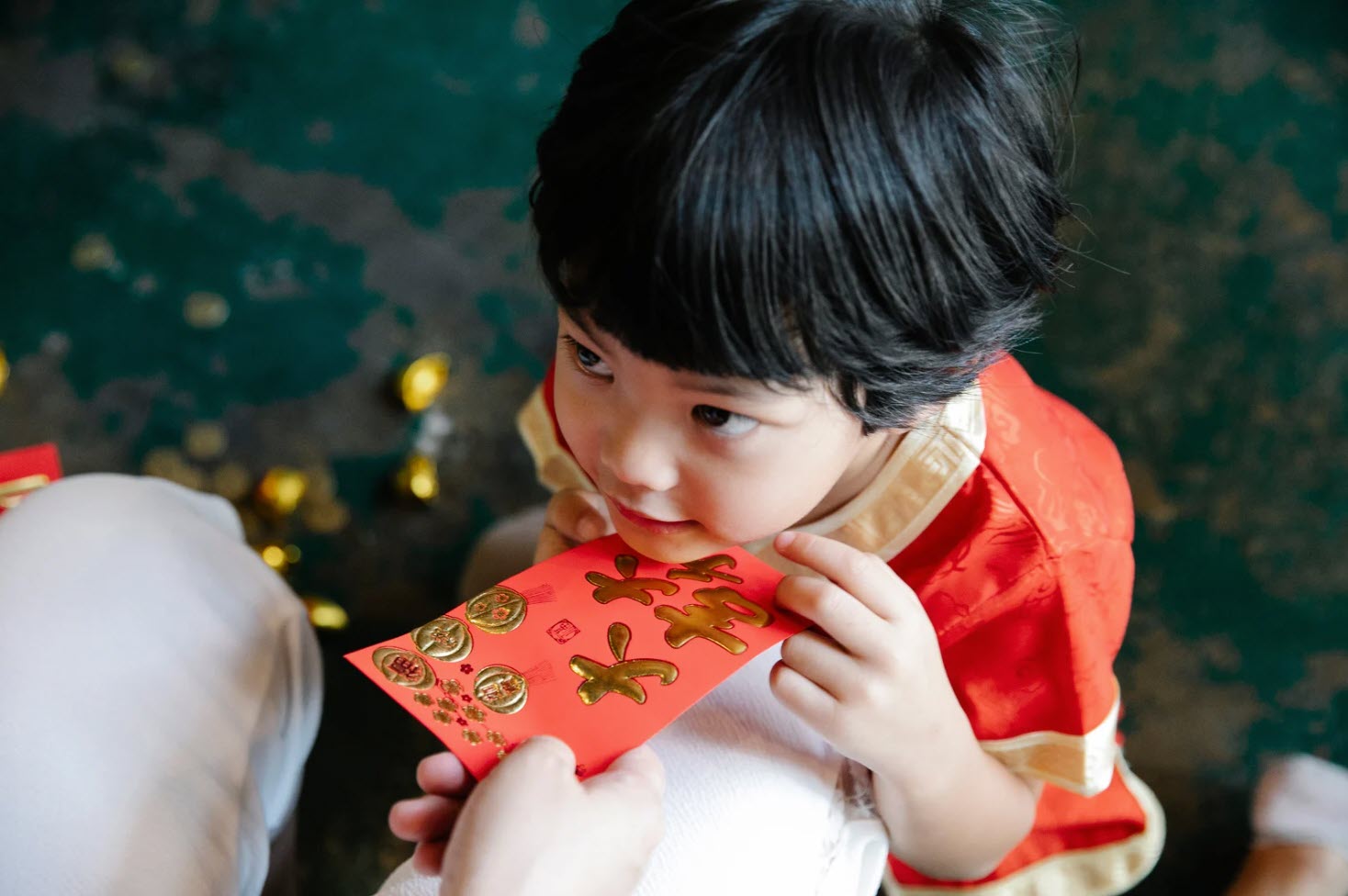Chinese New Year: A Global Cultural Celebration

Chinese New Year, also known as the Spring Festival, is one of the most important and grandest traditional holidays in the world. It marks the arrival of the lunar new year and symbolizes the renewal of life, family reunions, and hopes for the future. As the most culturally significant festival in China, Chinese New Year has been celebrated for thousands of years, deeply rooted in Chinese traditions. Every year, its arrival brings people’s wishes and blessings for the new year. Whether in China’s streets and alleys, or in Chinese communities around the world, the festive atmosphere of Chinese New Year is palpable.

Chinese New Year is not just a simple holiday; it carries profound cultural significance. Its origins can be traced back to ancient agricultural societies in China, where the festival was closely linked to the natural cycle. It is a time to celebrate spring and pray for a bountiful harvest, marking the beginning of a new year. Over time, Chinese New Year evolved into a time for family reunions, honoring elders, and warding off evil spirits. The celebrations gradually expanded from early rituals of offering sacrifices to heaven and praying for fertility, to include a variety of customs that are celebrated today.
One of the most important symbols during Chinese New Year is the color red. Families decorate their homes with red couplets, lanterns, and even choose red clothing and accessories. The reason behind this is a well-known story: it is said that an evil beast called “Nian” would emerge from the mountains during the new year to scare villagers. “Nian” was afraid of the color red, fire, and loud noises, so people decorated their homes in red, set off firecrackers, and lit fireworks to drive the beast away, symbolizing the expulsion of bad luck and the welcoming of good fortune. This custom is still widely practiced today, making red an inseparable part of the Chinese New Year celebration.

Of course, one of the most iconic traditions of Chinese New Year is the family reunion dinner, also known as the “New Year’s Eve dinner.” No matter where you are, this dinner is a symbol of family unity. It is more than just a meal; it is a moment to strengthen family bonds. Each dish on the table carries special meanings, such as fish, which represents “abundance every year,” dumplings, symbolizing wealth and unity, and spring rolls, which represent wealth and prosperity. The reunion dinner is a time for families to gather and share joy, allowing everyone to feel the warmth and love of home.

Another highlight of Chinese New Year is the setting off of firecrackers and fireworks. This tradition comes from the legend of driving away the “Nian” beast, and symbolizes the removal of evil spirits and the welcoming of a new year. On the night of Chinese New Year’s Eve, the streets of both cities and rural areas are filled with the sounds of firecrackers, and fireworks light up the sky in colorful displays, adding to the festive atmosphere. In addition, dragon and lion dances are also important components of the celebration. On the streets, dancers dressed in colorful costumes perform dragon and lion dances, bringing good luck and joy. These traditional performances not only showcase Chinese cultural arts but also add immense excitement to the holiday celebrations.

Today, the charm of Chinese New Year extends far beyond China. It has become a global cultural phenomenon. Every year, Chinese communities worldwide host grand celebrations. From Singapore to Malaysia, from the United States to France, people from different countries celebrate this traditional holiday in various ways. In Singapore, the Chinese New Year celebrations include grand floats, temple fairs, and food stalls that attract thousands of tourists; in the United States, especially in cities like Los Angeles and San Francisco, Chinese New Year parades and performances have become some of the most popular events, with dragon and lion dances and traditional music performances drawing increasing participation from people of all backgrounds.
With the advancement of modern technology, the way people celebrate Chinese New Year has also evolved. Digital red envelopes have become the new way for young people to interact. Through platforms like WeChat and Alipay, friends and family can easily send electronic red envelopes, passing on their blessings and good fortune. This digital approach to celebrating Chinese New Year not only makes the holiday more convenient but also helps spread its cultural significance to every corner of the globe.

In summary, Chinese New Year is not just a traditional Chinese holiday; it is a global cultural celebration. Each year’s Chinese New Year is a blend of cultural heritage and innovation. Whether in China or elsewhere around the world, Chinese New Year conveys people’s wishes for family, happiness, and the promise of a new year filled with good fortune. Through this cultural link, people around the world are able to understand and embrace Chinese culture, experiencing the unique warmth and joy that this holiday brings.
Chinese New Year is a holiday full of laughter, reunion, and anticipation. With its traditional customs, delicious foods, vibrant celebrations, and family bonding, it fills the holiday with unparalleled magic. For friends around the world, learning about Chinese New Year is like stepping into a world full of joy and hope.
